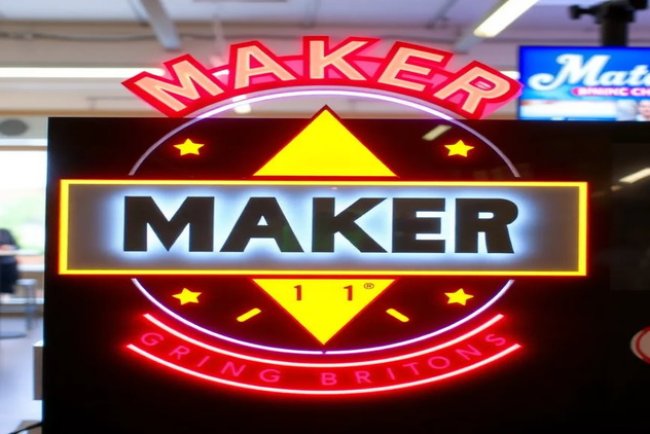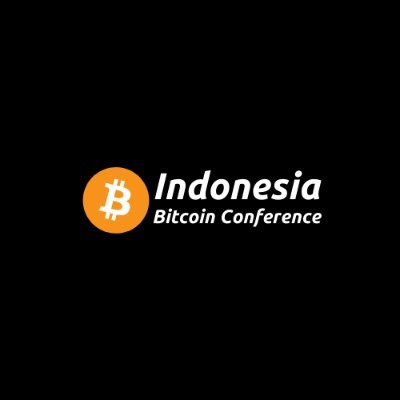Conduit Launches G2 Sequencer for Gigagas Throughput
Conduit unveils G2 sequencer, achieving up to 100 Mgas/s throughput, enhancing scalability for complex dapps and paving the way for advanced blockchain solutions.

High-Throughput Sequencers
In the realm of blockchain networks, a high-throughput sequencer functions like a multi-lane highway, enabling a greater volume of data and operations to flow without congestion. This capability is crucial for applications such as on-chain games, decentralized finance (DeFi) protocols, and social applications that require swift processing of numerous transactions.
The Importance of Sequencer Throughput
- Impact on Scalability: The throughput of a sequencer dictates the computational workload a blockchain can handle over time, directly affecting the scalability and efficiency of decentralized applications (dapps).
- Managing User Activity: Enhanced throughput enables networks to accommodate spikes in user engagement and support complex, resource-intensive applications.
Conduit's G2 Sequencer Launch
Today, Conduit unveiled a significant 10x enhancement in throughput with the introduction of G2, touted as the world's most powerful sequencer. G2 is designed to handle a computational load ranging from 50 to 100 million gas per second (Mgas/s).
Technological Advancements Behind G2
According to Andrew Huang, the founder of Conduit, the G2 sequencer is a product of multiple technological enhancements, including:
- Deep database optimizations
- Improvements in algorithmic efficiency
Huang explained, “There’s no single breakthrough, but rather a series of incremental optimizations — a 5% gain here, a 10% gain there, and over time, it compounds.” These enhancements affect all layers of the system, from data access and storage to the cloud-native infrastructure.
Overcoming Scaling Challenges
Under heavy loads, sequencers often struggle to keep pace with the blockchain's demands. The G2's capacity facilitates the execution of applications that were previously unfeasible to run entirely on-chain, such as Web3 games. A notable example is Pirate Nation, which initially launched on the Polygon PoS chain before transitioning to the Arbitrum Orbit tech stack.
The Need for Scalable Solutions
As the platform expanded, it required a more scalable and cost-effective solution, leading to the development of the Orbit chains. The Proof of Play team emphasizes that the activity on these chains reflects genuine user engagement, with measures in place to prevent bot activity.
The Future of Gaming and G2
With G2, the team has successfully tackled scaling challenges, allowing for additional chains to be integrated as necessary. Huang noted that gaming applications are particularly demanding, but G2 has also enabled Gravity, a Web2 app, to migrate its database of 26 million active users on-chain.
Mgas/s: A New Metric for Scalability
The industry is shifting from the traditional transactions per second (TPS) metric to measuring throughput in Mgas/s. Huang criticized TPS as an inadequate measure, stating, “TPS is a dead metric; it tells you nothing about how much compute is actually happening on-chain.”
The Advantages of Mgas/s
- Comprehensive Performance Measurement: Mgas/s offers a clearer understanding of rollup performance by encompassing various workloads, including compute and storage.
- Future Aspirations: The G2 team aims to reach gigagas throughput levels, targeting 1000 Mgas/s. This goal aligns with the ambitions of Base, an Ethereum layer-2 rollup, which is also working to enhance its throughput.
The transition towards gigagas throughput is expected to unlock new possibilities for more computationally intensive decentralized applications, including social networks, prediction markets, and high-frequency trading systems that demand substantial performance capabilities.
What's Your Reaction?















